|
Our last day. We leave Galilee and head to Tel Aviv. Our flight leaves tomorrow morning and we must leave for the airport at 5:15 though our flight doesn’t depart until 10. :-(. Another downer is that we will be packing our laptops and tablets in our checked baggage. We fly through Istanbul and the new regulation for entering the US is that they cannot be carried on. Pray all our technology is safely delivered to us and not stolen from luggage in transit. We traveled to Meggido. I didn’t choose to participate in the 90 steps up and the 185 steps down. The city was built and destroyed 25 times over the centuries. The valley will be the place of the last battle. The photos are of the model in the visitor center. Excavations go or went down all 25 levels. Another example of how rocky this land is. Views from Mount Carmel where Elijah defeated the prophets of Ba’al. There is an Israeli military airfield where a couple of jets landed. If you look carefully you can see a black dot that is one landing. I didn’t get a real good photo since there were so many people but there is a directional circle on the platform we stood on. Different locations in Israel were pointed out. I think these are quite pretty and wanted them in my blog. Caesarea Maritima. You can tell this is a Roman city because of the statues of people. Not something that would be in a Jewish city. Herod built the city. This is the theater. It held 3900 people so the city population was around 39,000. The gray marble of the stage is original to the first century. The tan is modern to show the restoration. Views of the city coast. Not a very good photo but then it was pretty plain in real life. Below this is a cistern where they found the name Saul and 33 crosses. This was where Paul/Saul was held in the city while awaiting trial and transport to Rome when he applied to be tried by Caesar. We all know how that turned out. They filled the pit in because people were taking bits off the wall as souvenirs. They found this stone face down in the roadway of the city. It has the name of Tiberius and that of Pontius Pilate on it. That is the only extra Biblical evidence of Pontius Pilot as governor of Judah. He lived in Caesarea Maritima, only going to Jerusalem during the festivals to keep the crowds under control. The area of Herod’s palace. The rectangle is his swimming pool. Here you are surrounded by the Mediterranean Sea and you really need a swimming pool??? A ‘temporary’ wall built by the Romans. It’s built of broken pottery, rocks and mortar. A permanent wall. Notice the large well hewn sandstone. Our guide, Ronny Winter, explaining the hippodrome. It was built right on the beach and covered with plaster. After each winter they would have to repair damage caused by the weather so this one was abandoned and another built further from the sea. They sold lots from it and mansions were build along it. The seats were used as shelves in the home. Nine miles away is Mount Carmel with two springs. Herod built an aqueduct from the springs to supply the city. There was enough water for every family to use over 300 gallons a say. A US family uses an average of 150 gallons a day. My fingers in the Mediterranean Sea. We walked around Joppa. The old part of the city is an artist community now. The rest of the city is mainly Muslim. A hanging orange tree. It’s in a big container and considered art. Ancient water jars collected by a man. You can tell they are water jars because the neck and opening are large so you can dip the water out. Wine jars have narrow necks to keep the aroma in An Egyptian arch or gateway. It has the cartouche of Ramses the second who was most likely the pharaoh when Moses led the people out of Egypt. This explains why they went east instead of up the coastline. Egypt controlled the coast. Aloe vera plants in bloom. Aren’t they pretty? View of Tel Aviv from Joppa This was the final place we saw. The trip has been wonderful. My brain is fried and we have to get up at 4:14 AM tomorrow to head to the airport. It will take me a while to process all we saw and learned. I’m hoping to go over the photos and maybe add to the posts. I feel like I just skimmed the surface each evening as I wrote. Each evening we were all very tired. We walked an average of 5.3 miles a day with about 20 flights of stairs.
Now it’s time to sleep so I can be woken up very early.
1 Comment
Our last day in the Galilee area. Another full day with beautiful weather. Everyday we’ve seen places where Jesus walked, talked, preached, prayed and most likely grieved over the people. The area is truly lovely. It’s green and fertile. It is spring and flowers are everywhere. Okay, so our guide calls them weeds but they are lovely as we walk along the paths. This area seems more the Promised Land than that which is around Jerusalem. Pulling the modern world in. This is the expensive, so the guys tell me, BMW the owner of the hotel has. The country may be Jewish and Muslim but they definitely like the Christians’ money. Busloads of tourists come from all over the world to visit the holy sites. I don’t know. how much of the economy is based on tourism but I’d say many people make their living from us. The Primacy of Peter. I’d never heard that phrase before. It’s the restoration of Peter after the Resurrection. This is the traditional beach where Peter, James and John were fishing and Jesus told them to cast their nets on the other side of the boat and they caught 153 fish. Jesus took Peter aside and spoke with him. We don’t know the words they exchanged but Peter went on to lead the early church. The Jewish numerology of the number of fish. The Hebrew words on the sheet read, ‘I am God.’ Decorations most likely from the synagogue as they are made from limestone. The rest of the village is made from the volcanic rock of the area. The symbols carved in the stone are Jewish from the time. The star of David isn’t an ancient symbol of Judaism. It is only about 400 years old. The true symbol is the menorah. The five pointed star is the star of Solomon. This is the house of Peter. They are sure of this because of the mosaic on the floor and the walls of the church built around the house dating to shortly after Peter was killed. As its fame built and more people came they built a second wall enlarging the church. Now there is a Catholic church built over it. You can look down through a window into the house. It’s simply an open space. Ruins of Capernaum. First century synagogue built in honor of Jesus. Bethsaida, one of the three towns Jesus cursed for their unbelief. It was a puzzle since it is about seven miles from the sea and the industry indicated was fishing. Then they read a history which stated that the lagoon beside Bethsaida had dried up. Puzzle solved. They fished the lagoon. Israeli poison ivy Mustard plants. Now I can understand Jonah sitting under the tree. Magdala. There is a major dig going on here. The Catholics purchased a large property and are building a motel here. They found the town of Magdala. They have built a modern church the first room of which is dedicated as a shrine to women who have influenced the church. Leave it to them to lift people above the Lord. A table used to hold the scroll while Scripture is read. The synagogue. Notice the wave in the floor, indicating the earthquake that destroyed the town. Freshness of the fish was as important then as it is now. These are shallow pools that would have had water to keep the fish alive until they were purchased. A ritual bath, one of the four things each Jewish town must have. Notice the opening. It would have been where the fresh running water would have entered the bath. Then the water would have drained out below keeping the bath fresh and clean for bathing. Baby olives. The difference between green and black olives is about 10 weeks. The black olives are ripe. The ripe ones are the ones crushed to get oil. They are crushed once to begin the release of the oil and to remove the pits. They was allowed to drip out the virgin oil for temple use. Then the first press with weight was for food use. The next press was for fuel, cosmetics and soaps. A wonderful depiction of the story of the woman with the issue of blood. The floor is a first century market street. As I said before this country is mainly rock. On the highway. Something I’ve very used before, a square toilet, with a sprayer next to it. We had lunch here. One reason the restaurant was chosen was that it was extremely clean. Not something necessarily true for Islamic places. Islamic vegetable market and street. Nazareth is a large modern city. It’s Islamic but in the middle is a reconstruction of part of the ancient town. They’ve done a very good job of showing how people lived in Jesus time. Hyssop plants. I ate some bread with hyssop ground on top. It was unusual but tasty. Winepress. Where the girl is standing is where the grapes were stomped. The juice drained into the pit below and was scooped out with jars. Olive press. This is what ground the olives. They made one circle of the stone to crush the olives. It was too crowded to get a photo of the press. They placed the olives in circular baskets with a hole in the middle. Eight were stacked one each other. The first, virgin, press was simply the weight of the baskets. The next was just the beam of the press sitting on them. Then they added 1500 kilos to get the last press A carpenter who would have worked not just in wood, but in construction of stone. The images we have of a thin, weak Jesus are not representative of him at all. He would have been strong and muscular. House interior. A woman spinning and weaving. A ceiling typical of the homes. It would have been simple for the men to tear through the roof to lower their invalid friend to Jesus. Synagogue. The guide read the verses from the book of Isaiah that Jesus read in Nazareth. It was what caused the people to rebel against Jesus. Views from the Mount of Precipice. It rises 397 feet above the valley floor. The townspeople attempted to throw Jesus off but he walked away from them. The wi-fi wasn’t great in the hotel so this was written in the morning and on the bus. You can probably tell. Being rested when I write this makes for more information shared about each place.
We went to several sites today. A good day. Beautiful weather. Our guide commented on how good it has been for us. Sunrise over the Sea of Galilee The Sea Some of the headwaters of the Jordan River. Three streams come together to form the Jordan River. A fig tree. They are planted all over Israel and they ripen in the summer. We saw them at various levels of bloom. These were full leafed. Others were just beginning but they still had tiny figs on them. Jeraboam’s temple that he build after he became king in Israel when the kingdom split during Rebaboam’s reign. They became more and more pagan as the years went on. Never did the northern Kingdom have a good king. So very sad. Bunker from war with Lebanon Lebanon and the Golan Heights The gate into Dan where Abraham went to rescue Lot. It’s like 3800 years old. In memory of Mrs. Anegers. An Israeli oak tree. It’s like 600 years old. When they did the excavation of Dan they left the tree and built a wall around it so it would be safe and continue to grow. The king’s seat at the city gates of Dan. Here is where the king would sit to hear the trials. Each city had a king. More like a mayor but king sounds more important. At Dan they found a tablet that had been on the wall but was then face done in the street. It was a declaration of victory by a conqueror from somewhere outside of Israel. He told of his defeat of the people and listed a number of those he killed by name. Among them were two men who were of the House of King David. It was the first extra-biblical evidence of the existence of David. Pretty cool, huh? There’s just an empty place in the pavement where the tablet had been so no photo Beautiful waters at Caesarea Philippi. Caesarea Philippi was a totally pagan city with temples to several gods. The people would throw their first born sons into a deep pit as an offering to the god. Jesus asked Peter who he thought he was three times here. The ritual bath at Chorizim or Korizim. Each Jewish city had to have 3 things. A ritual bath, a kosher butcher and a synagogue. Ruins of Korizim. Lizard sitting on a stone sunning himself. Entrance to the synagogue. Interior of the synagogue This is so cool. It would be cooler if it wasn’t a replica, but that’s in the Israeli museum. This is the rabbi’s seat in the synagogue. Since Jesus taught in this city a number of times, as evidenced by his words when he cursed the city, he would have sat in this chair when he led the service. Ronny, our guide, told us that until they took the seat to the museum he had all his tour people sit in the chair. Can you imagine sitting in a seat you knew Jesus actually sat in? Pastor Seth sitting in the rabbi seat Arches in the first floor of a building that would have had a second story. Grinding wheel for pressing olive oil.  Typical rocky hillside. Israel is so rocky. The country is simply rock with a bit of soil. The rock in the Korizim area is volcanic rock and thus is black. Restored wall. Notice the white line. Above is restored. Below is original. Non-excavated ruins. They don’t dig all the ruins, only enough to see what is there. The rest they leave. I doubt there is enough funding to do everything. The 2000 year old boat found by two fishermen who searched areas revealed as the lake receded. We took a boat ride on the lake. The owner is a Messianic Jew. He sang wonderfully. As you can see the lake was totally calm. Later in the evening it became choppy but then calmed again as the wind died. Looking at the Mount of the Beatitudes. It is just to the right of the gray rectangular area which is a cover over banana plants. Notice, just to the left is a wide funnel shaped where I imagine thousands of people listening to Jesus and being fed fish and bread. It’s a natural theater. This I took for my husband who owns a Harley Trike. They don’t really have Harley’s in Israel. They are considered too noisy.
Today was filled with holy sites, a Roman village and travel to the Sea of Galilee. The Garden Tomb was a beautiful garden. I was baptized in the Jordan River. Beit She’an was a Roman city built on a cross roads by the Jordan River. We also went to the Mount of the Beatitudes. Now we are staying in the city of Tiberius. First, we went to the Garden Tomb. A winepress near the execution spot indicated the presence of a vineyard or garden lending credence to the spot as the place of the tomb. The Garden Tomb is in the Muslim quarter of Jerusalem. It overlooks Golgotha. Erosion has taken some of the skull look from the cliff. Unfortunately, the municipal bus parking lot is at the base of the cliff. The sounds of buses starting and backing up along with the diesel smell took a bit from the experience. A top the hill is a Jihad cemetery, Islam’s contempt for other religions evident in it’s placement A photo before development showing a much less eroded skull and the major traffic way. The tomb has two chambers, very small and a low ceiling. The door way had been enlarged sometime in the past. The original opening must have been quite small as the sample of the stone they had was only about three feet across. We were able to take communion in a small chapel on the grounds. It was quite intimate and uplifting. Moving on out of Jerusalem we went to the Jordan River at the spot where the nation of Israel crossed the river as they began to take the Promised Land. It was also the spot where John the Baptist baptized Jesus. There four of us took the opportunity to be re-baptized. We then traveled north toward the Sea of Galilee. Tel Beit She’an is a man made hill of layers and layers of towns built upon the ruins of conquered towns. It is the place where King Saul killed himself and his headless body hung on the wall for three days. The city they are excavating was a Roman city of around 100,000 people on a crossroads to about everywhere. One way they know the population is the capacity of the theater. They seated about 10% of the population and this theater seats about 10,000. Thus the city population figure. Our guide emphasized that the Romans were totally after the WOW factor in their constructions. Tall columns, carvings, mosaics to impress those who came to the cities. Notice the angle of the stones comprising the road? The pavers set at 45º muffled the sounds of the horses and wheels as they traveled. And we think we are so much more advanced than the ancients. Who knew that sort of detail? A manhole cover for access for under the street. The reason they are round is so the cover can’t fall down the hole. There was an earthquake that destroyed the city. Sorry, I can’t remember the year he said it happened in. They know the direction of the movement of the ground because all the columns fell in the same direction. I didn’t get a picture of it since it wouldn’t show up well but you could see the street was wavy Archways are what gave the ancient people the ability to build such strong structures. The Sea of Galilee Looking down on the lake from the top of the Mount of the Beatitudes. It was very moving. Devotions, then time spent in personal reflection. This is a long slope. I imagine that this is where Jesus stood near the lake shore and spoke to the crowds seated up the vast hillside. His voice would have carried well, and there was room for so many to listen with wonder to the man who spoke with such authority and knowledge. The day has to be my favorite so far. First, the time spent with remembrance of His last day and his triumph over death for us. Then, to be baptized at the spot where He was. Last, to sit and think about the character traits He modeled and we are to emulate.
A wonderful day but with sad news. Today I got word that my friend passed from cancer. It placed a damper on my day. She was a believer so is now joyously with our Lord Jesus. I thank Him for her life and the ease with which she left it. I will miss you, Brenda, until we meet again. We had another great day. We spent the day near and in the Dead Sea. Leaving Jerusalem, we crossed a ridge and suddenly were in the desert. And I mean desert as you can see from the photos. There was simply nothing there. It’s amazing to me that anyone would attempt to live in the area. This is a date farm. They grow thousands of dates in Israel, exporting them all over the world. Our guide told us archeologists found some 2000 year old date seeds in a dig and attempted to germinate them. Three grew and have produced fruit. The dates are smaller than modern dates and not as sweet but I think it’s pretty cool to know that we have dates typical of those eaten by Jesus and others alive when he was. These little guys are hyrax and live along the areas near the springs. They are cute and related to elephants. Yeah, I know. It’s hard to believe but I googled it to see if the guide was telling the truth. We went to En Gedi where David was hiding with his men from Saul who entered the same cave. David’s men urged him to kill Saul but David said he wouldn’t kill the Lord’s anointed. There were caves all over the place. The spring is sweet and plant life flourishes along the water course. View of Dead Sea from Masada Masada was a fort built by Herod the Great, who wasn’t so great as he murdered those he seemed to love. He was a great builder, however. The Temple and a number of palaces and also Masada as a fortress and a palace for himself just in case he decided or was forced to go there. His palace on the mount had three floors complete with multiple bedrooms, a private lounge area and private bath. The model shows what it would have looked like 2K ago. Mosaic floor. Herod, trying to become popular with the Jews, only used patterns to be sure not to offend them with an image. They found amphoras of or for wine with the equivalent of “Property of Herod” stamped in the clay. See the squares? Those are Roman encampments. Herod had all the walls thickly plastered to cover the rough stones. There were six layers of colored plaster to create the designs on the walls. The square structure is a ritual bath most likely added when the Jews came to live on Masada. A full Roman bath complete with the warm, cold and hot rooms was included in the design. These show the subfloor sections of the hot room. The major question is how, in the desert with the salt sea, do the fortress have water for the 50 men stationed there? Here, Herod shows his genius. When it would rain on the ridge to the west there would be a flash flood as the ground doesn’t absorb the water. Instead it rushes down the slope. Herod built cisterns and channels to funnel the water into many cisterns. This supplied enough water for 10 years. The story of Masada is so sad. After the destruction of Jerusalem about 900 Jews fled to Masada. They lived there but harassed the Romans and finally crossed the line when they destroyed a grove of plants used to make the most favored perfume in Rome. Cesar sent 20,000 troops to deal with the 900 Jews. They built a siege ramp and when it became obvious to the Jews they would be attacked and had no way of winning they met and decided that if they couldn’t live free they would die free. Each man went and killed his children, then his wife by slitting their throats. They the men gathered and drew lots. The man chosen then slit the throat of each man. When all were dead but him, he stabbed himself. When the Romans came onto Masada the next day they found only silence. The only reason we know what happened is that one woman and two girls chose not to die. They told the story. Today, all recruits in the Israeli army go to Masada and the story is told. Then they say, “Never again will Masada be defeated.” See the black painted line. Above that is restored, below is original. On we went to Qumran. Recent discoveries have changed the idea that this was an Essene community. Essenes were celibate. They’ve found graves of women so that rules them out. Other things lead away also. Now, they aren’t really sure who lived in the community. Just behind Qumran is the cave where the first of the Dead Sea Scrolls was found. After they authentication and high priced sale of four of the scrolls word got out to the beduins and they scrambled all over the area looking for more. In all 800 scrolls and 2000 papyrus were found. These included seven complete Bibles, but for Esther. The end of our day was spent trying out the Dead Sea. It’s extremely salty; 39%. You certainly don’t want to drink it or get it in your eyes. We slathered the mud on us and it left us looking 10 years younger, or so the story goes.
One thing can definitely be said about Jerusalem. It’s up and down. Up the hills, down the hills. Up the steps, down the steps. Many of the steps and sidewalks, if you can call them that, are rough but also slick when wet. We started the day going to the Temple Mount. It is under Palestinian control and they don’t allow any bibles or other signs of religions not Islam. Something that I didn’t know was that Herod, when he wanted to build the Temple, raised the slope of the mount to create a flat area so he could build a large Temple complex. He built arches to remove the slope and covered them. The result was the flat floor of the Temple Mount. Many of the stones of the surface are original to the time of Herod. Islam has a lot of rituals. One is the ritual bathing where the men wash their hands, feet, face and behind their ears and through the hair. This is a fountain for that purpose. They also pray five times a day. The prayers aren’t like how we pray to God. They recite the first chapter of the Koran. Seems to me it just might become meaningless with all the repetition. Approaching the Dome of the Rock. The Dome of the Rock. Mohammad dreamed he rode a white horse to Jerusalem and claimed he was lifted to heaven and came back with the Koran. That’s why the place was built. This was built against the Golden Gate or Beautiful Gate on the east wall and houses some Islamic museum. It’s a back up to keep Jesus out of the temple when he returns. Don’t think even that is going to stop him. (Don’t you love the tip of the finger) As we walked across the area the guide told us about the areas within the temple. The women’s court, the spices court (I think we know this as the court of incense), the wood court and court of lepers. Then came the Court of Israel, the Court of Priests with the place of sacrifice and the altar. Then into the Holy place where only the priests enter. Then behind the veil was the Holy of Holies where the high priest only entered once a year. We had reached a small cupola. This spot aligns with the Golden Gate where Jesus will return. So, the Dome of the Rock isn’t on the Temple at all. Not that it makes any difference. Muslims won’t let the Temple be built. They deny that there is any connection between the Temple Mount and the Jews or Christians. From the Temple Mount we moved on the the Pretorian, a fortress built by Herod right at the corner of the Temple. He was worried that he Jews would start an uprising so wanted his soldiers keeping an eye on them. It was not covered at the time of Christ but is now. Somewhere within the building Jesus was questioned by Pontius Pilate. The pool of Bethsaida Model of Ancient Jerusalem with Herod’s Temple. This model is at the Israel Museum and is of First Century Jerusalem. It was interesting to see and helps visualize the city without all it’s modern trappings. Excavations at the City of David. Islam claims and the UN has made declarations that Judaism and Christianity have no correlation with Jerusalem. That the city is only connected with Islam. Excavations are limited in certain areas of the city. Never the less, finds are made and, of course, evidence is found dating back to King David. Kidron Valley Fortification around the spring feeding into Hezekiah’s tunnel I decided to stick to the dry side of Hezekiah’s Tunnel. My legs are very tired and I really didn’t want to fall. That would ruin the trip. The tunnel is narrow, twisty and the floor uneven. It’s amazing that they were able to tunnel from each end and meet in the middle. I think it’s a God thing. The day has been good. Everyone's legs are tired. We are not used to walking so much and definitely not used to all the stairs. Tonight we lose an hour of sleep since Daylight Savings starts. BOO.
Masada and the Dead Sea are on th3e docket for tomorrow. I'm looking forward to floating in the salty water. Right now all I want to do is have supper and go to sleep. What a day. My feet are killing me and I’m very tired, but it was great. I can’t believe I’m really here in Jerusalem. I’ve walked some of the same steps that Jesus did. Stood where he stood. Tried to hear his voice in places he taught. We began the day traveling past the Valley of Gehenna. It’s where trash was burned in ancient times. It’s a green meadow now. Then we walked between the walls Suliman the Great had built around the city. He thought the Spanish were coming to liberate the city, so he built the wall all around. The Spanish never showed up. You see the church? It’s catholic and devoted to Mary. Their tradition holds that Mary, as the mother of God, couldn’t die so she went to sleep and her soul ascended to Heaven. They built the church around the spot. Funny, I saw Mary’s tomb in Ephesus last year and the Catholic church has a lot of shops selling souvenirs there. Tradition holds that this place is the upper room was where Jesus washed the disciples feet and Judas left to betray him after the Last Supper. The building wasn’t built until hundreds of years later. It was taken over by Muslims. They added the corner dome indication which direction to pray in. Now it’s back in Israel hands. This statue of an olive tree has a grape vine and wheat shaft at the base, representing the bread and wine of communion. The olive tree has shoots grafted to the old trunk, just as we are grafted into God’s chosen people by His body and blood sacrificed for us.  Views across the Kidron Valley The Beautiful Gate. Jesus entered the city through this gate as he came from the Mount of Olives. It is also the gate He will enter through when He comes again. The Muslims blocked up the gate and placed a cemetery in front of it. They seem to think that will stop Him. We know better. Dome of the Rock on Temple Mount. Jewish cemetery. Jews want to be buried here so they can be resurrected immediately when Messiah comes rather than 40 years later. Each two square meter spot costs $85,000 making this the most expensive land in the world. Ancient Christian ossuaries. In 2003 an ossuary was taken from the Necropolis seen in the photo to Canada. There was an inscription reading, “Ya'akov bar-Yosef akhui diYeshua (English translation: "James, son of Joseph, brother of Jesus”).” Debate has swirled since then as to whether the inscription is legitimate. Our guide thinks so. If it is authentic then it becomes the oldest record of Jesus. The Garden of Gethsemane. Imagine that night nearly 2000 years ago. Jesus has come here to pray. He knows what lies ahead for him. He knows the agony he will go through for an ungrateful people. He prays. Drops of blood drip from his forehead as he agonizes over obeying his Father and finally, he drinks from it, giving us a way back into relationship with God. I wish we would have had more time just to sit and reflect on this. To imagine Jesus praying while his three closest disciples fall asleep. To hear the guards marching up the hill, led by Judas. To see him meekly heading down the hill, arrested, toward his death on a cross. This olive tree has been dated to be over 2000 years old. Maybe Jesus leaned against the tree one of the many times he ascended the Mount of Olives Mural of ancient Jerusalem street. Clay lamps. Foundation of the arch that Gentiles used to enter the Temple complex. This was the largest arch in the world. When our guide was a boy the ground level was at the top of the arch way. It has been excavated. The wall in front was the base of the arch. Steps leading into a ritual bath for purification before the man entered the temple to offer sacrifice. There are multiple baths all around the temple complex. The South steps. These steps lead away from the temple and would likely be where Jesus taught. The entry gates where people would take their animals for sacrifice is to the right, east along the wall. This was my favorite spot of the day. I may have sat where Jesus sat to teach. To think that the crowds gathered here to hear him teach. The Western wall. This is the western wall of the temple complex. It is not actually part of the Temple itself but the retaining wall built by Herod so he could flatten Mount Zion to build his Temple. Jews come from all over to pray at the wall. Men and women are separated as we walked through security then come together again until the descent down the steps to the wall area. Men have about 2/3 of the space and women about a 1/3. Adell pointed this out to me. See the white dove in the space. Just thought it was cool to see a representation of the Holy Spirit there. In Caiaphas' house in the space they held Jesus overnight. Again, stood where Jesus stood 2000 years ago. Totally awesome to know He was where you are. Pastor Luke gave a short devotion here. The hole in the ceiling through which they lowered Jesus into the space. Steps leading from Caiaphas’ house down into the valley. They then connected to the steps leading up to the Temple Mount. Modern courtyard where Peter denied Jesus three times before the cock crowed. Today’s sites all centered around the last day/night of Jesus life. The Last Supper, prayer in the garden, the trial. Knowing He walked and stood in the places we walked and saw today is difficult to comprehend. We are in a modern city with all that encompasses. At the same time it is ancient. Walls chiseled by hand are accessed by modern steps and illuminated by energy saving bulbs. Sirens can be heard in the distance as can the sounds of modern day traffic. We even have wi-fi on the bus. It’s difficult to ignore the modern and focus on the events surrounding the last hours of our Lord.
Pastor Luke gave a short devotional at several of the major stops reading the relevant passage to the site. This helped me focus on Christ rather than simply looking at whatever we were seeing. Now, I’m tired and my feet hurt. Hoping to get a good night’s sleep. Tomorrow we go to Temple Mount and will splash through the wet side of Hezekiah’s Tunnel. At least that’s the plan. Depending on the temperature I may decide to stay on the dry side. We've finally arrived in Jerusalem. Long flight to Instanbul, about 11 hours. Then two more to Tel Aviv. Next an hour long bus trip to our hotel in Jerusalem. Definitely ready for bed.
No photos to show for the day. It was simply travel. It was dark when we arrived so couldn't really tell much other than it's urban sprawl. Four lanes going both ways full of cars. So, who is Mrs. Anegers? She was my Sunday School teacher for a couple of years during my early teen years. I hold very fond memories of her. She was the classic stereotype of a gray haired grandmother, and a very good teacher. Mrs. Anegers always wanted to go to Israel. Back in the stone age when I was growing up people didn't travel like we do now. Besides, Israel was only a couple of decades old and tensions were high like they are now. She never was able to visit the Holy Land. She wanted to bring back an acorn from an oak tree and plant it. I dreamed of doing that for her. Bringing live plants into the US is not possible and I doubt an oak from Israel would survive Illinois winters so I"ll have to find something else to commemorate my trip in honor of Mrs. Anegers. Tomorrow we begin site seeing in Jerusalem. No shorts or capris as we are visiting holy places for three religions. I plan on taking lots of pictures and will post them tomorrow. Sitting in O’Hare airport waiting to board in an hour. We’ve a ten and a half hour flight to Istanbul, Turkey, then a two hour flight on to Tel Aviv. It will be tomorrow afternoon when we arrive. I’ve finally gotten excited about the trip. The last few weeks have been a challenge leaching my usual anticipation for travel from me. I had two weeks worth of influenza that ended with a doctor visit and medication to make sure I was healthy enough to travel. The news that my best friend was losing her battle with cancer. My ninety-five-year-old mother-in-law in the hospital all last week only being discharged today. Needless to say I’ve been a bit stressed. During this I’ve also been working to get my next book ready for release. Check out the Little Bits Blog to find out about that. Here’s our motley crew. We’re fourteen including our senior and associate pastor. Back row left to right are: Kevin, Don, Marcia, Lori, Jeannie, Adell, Betty, Steve, me(Sophie/Sue) Front row: Pam, Rick, Patti, Pastor Seth, Pastor Luke My goal is to post some images of what we see each day and my thoughts. I did this last year when we went on a Mediterranean cruise last summer for our 40th wedding anniversary. It is a way for me to actually do something with the photos I take. Makes a nice memory. That’s the goal anyway. I was successful with it last year so I anticipate the same this trip. |
In His Steps
My church offered the opportunity to travel for 10 days in Israel. I jumped at the chance. So daily I will be posting images and comments. I hope you are blessed with what I share. Dedication
This blog is dedicated to BL who went to meet our Lord and Savior Jesus Christ. We’ve been friends for over 40 years, raised our boys together, and our lives should have had many more years along side each other. God had other plans. We will be together for eternity.
I love you and will miss you terribly. ArchivesCategories |

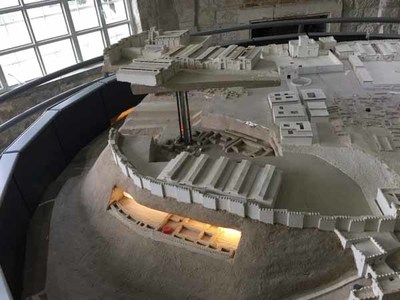
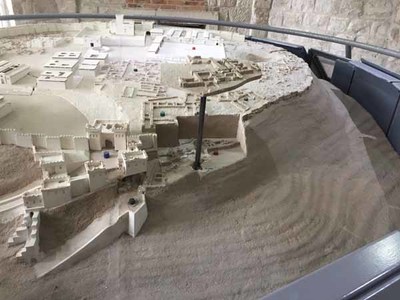
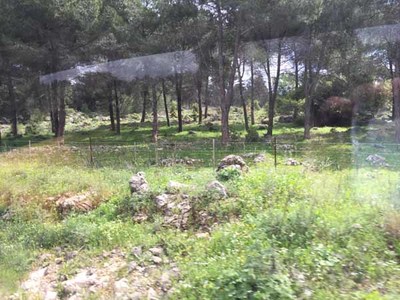
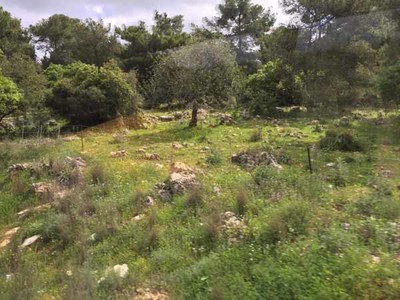
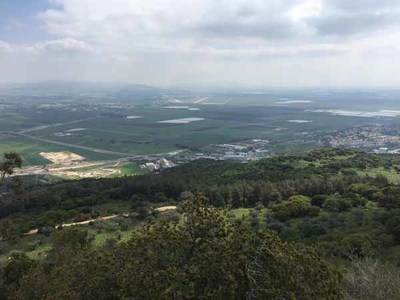


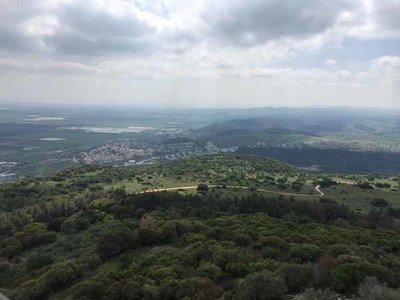









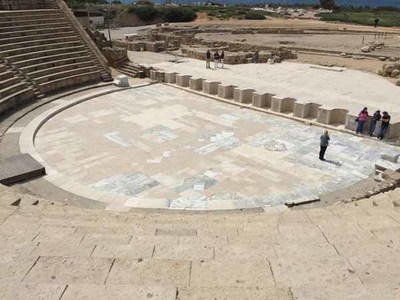


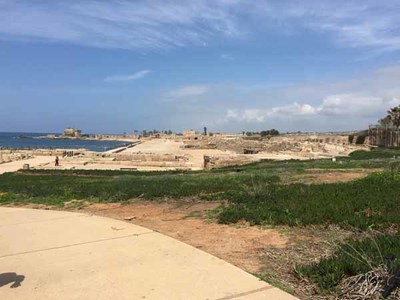
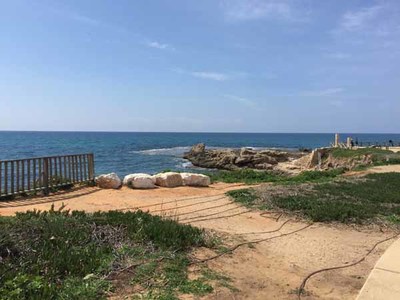







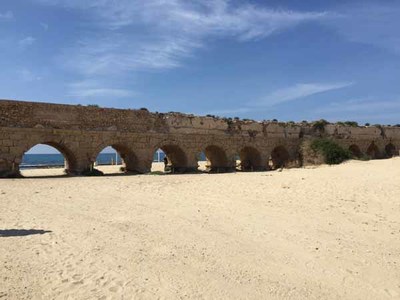


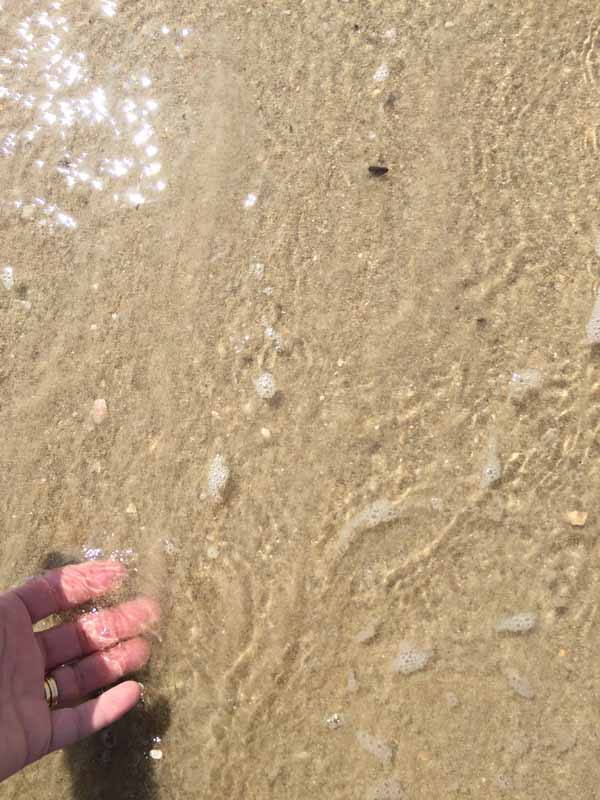



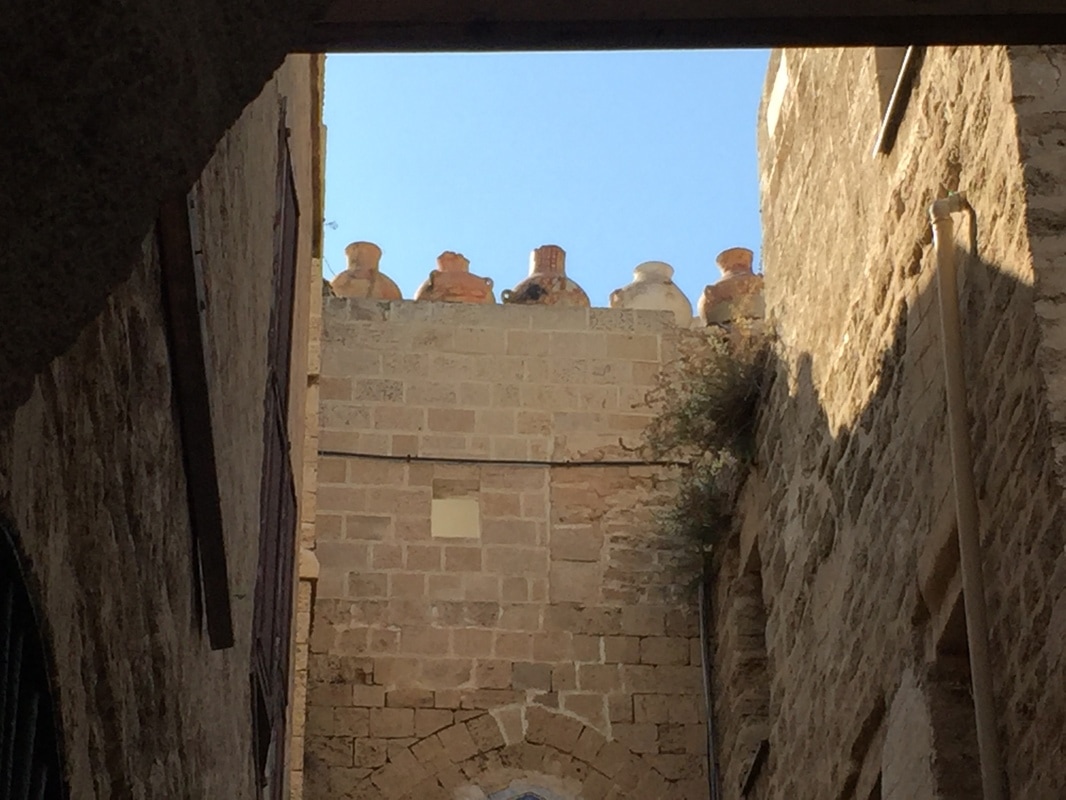
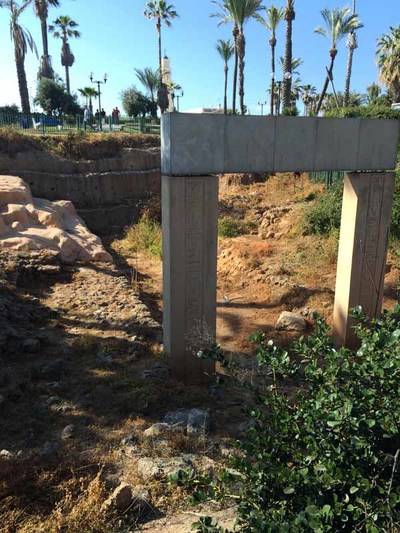
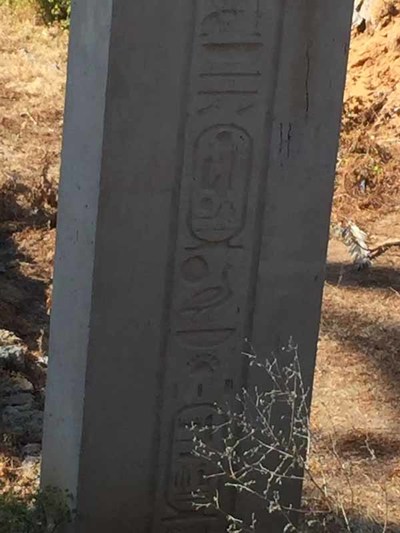



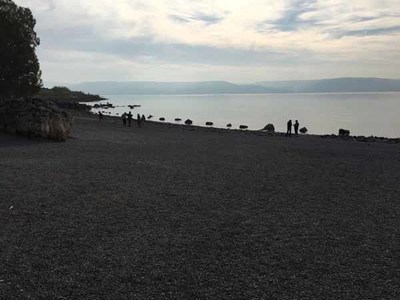
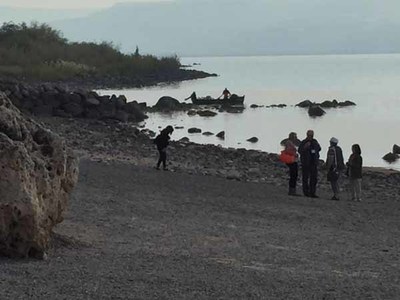



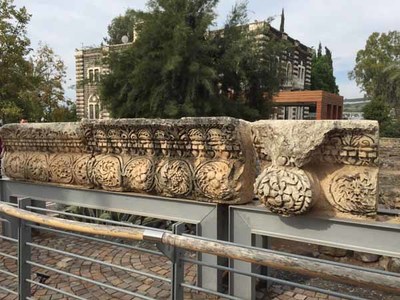


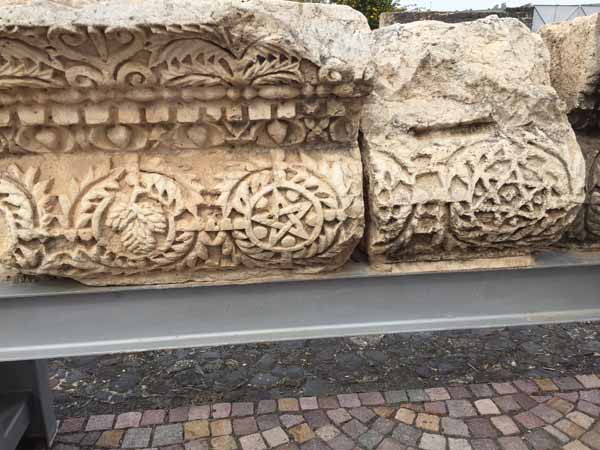


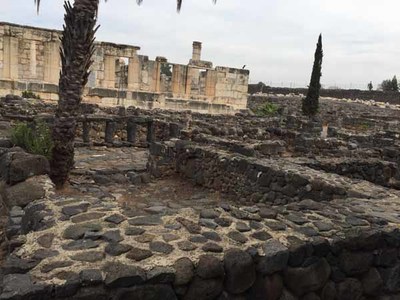

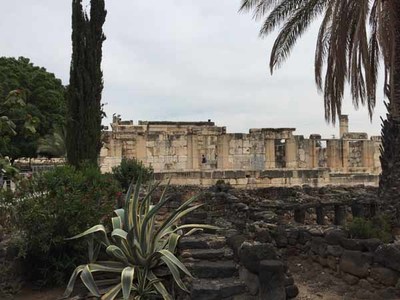
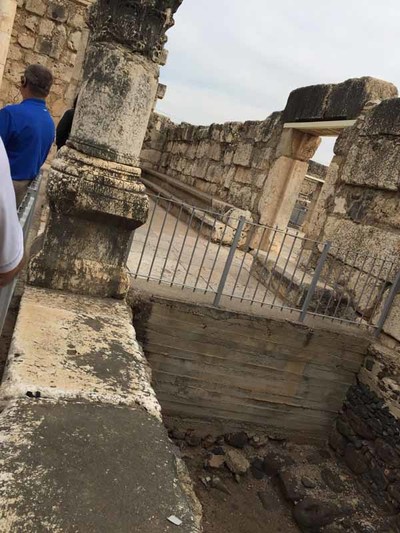
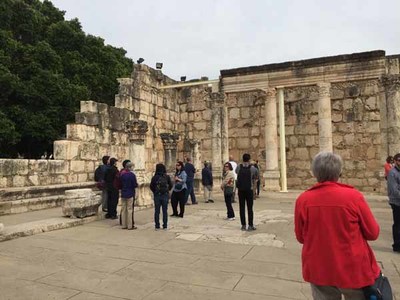

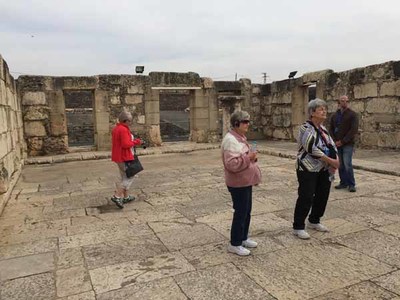










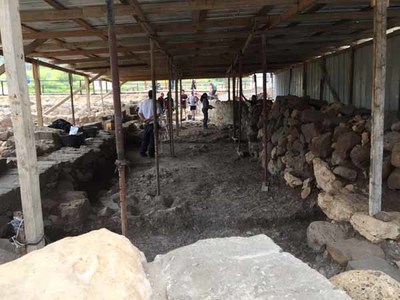
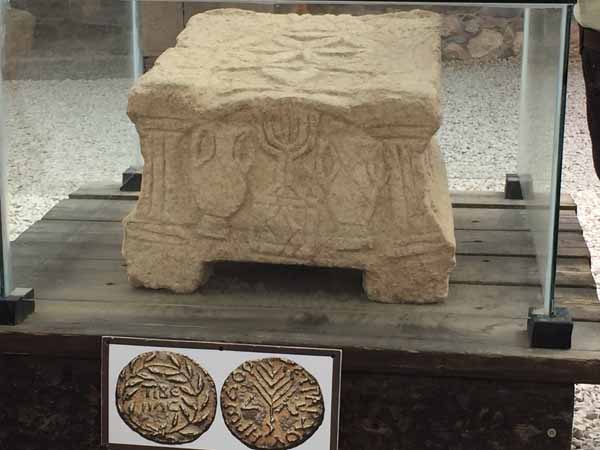




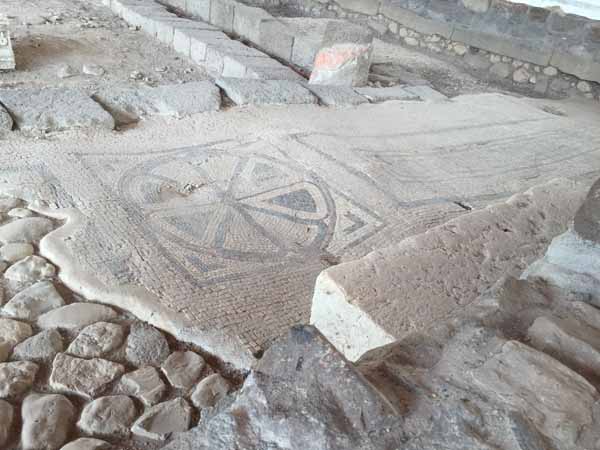

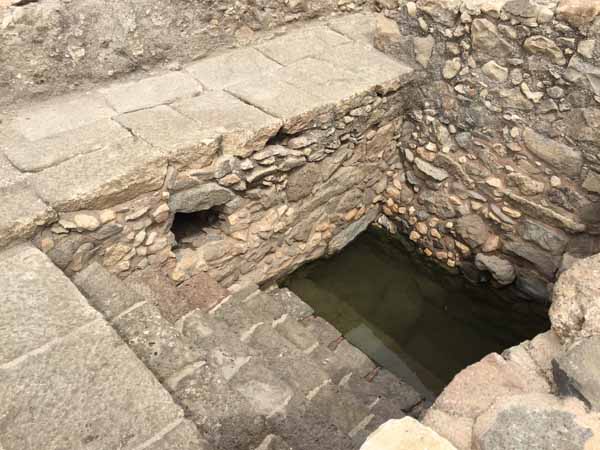

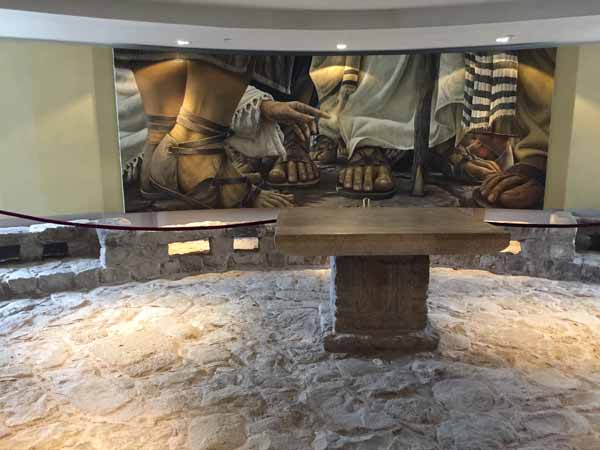


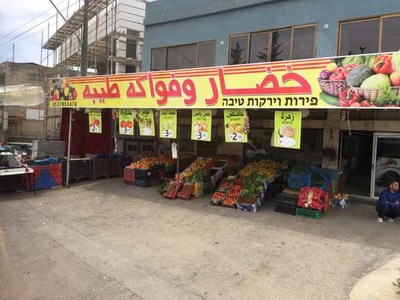

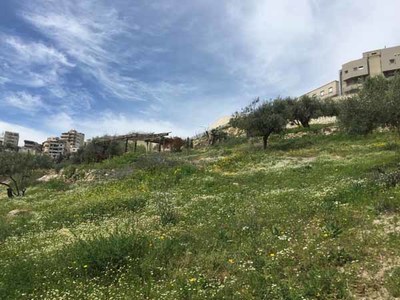

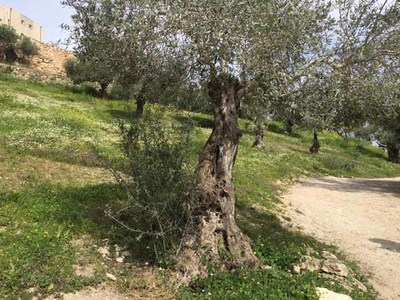
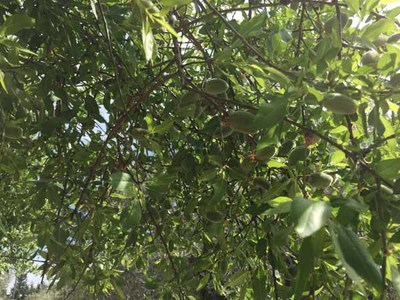

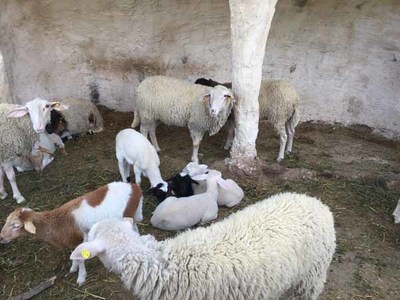

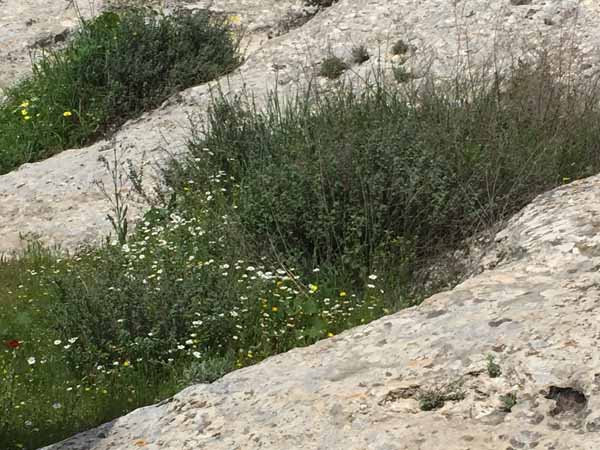






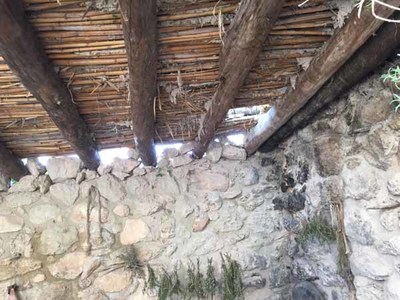
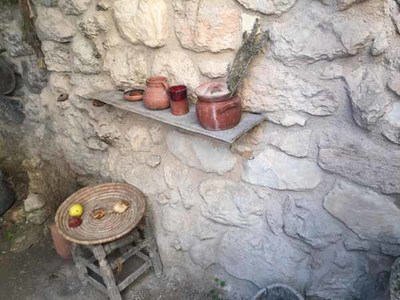
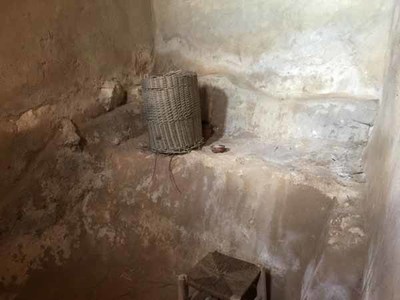








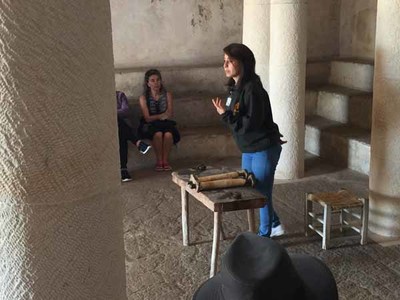








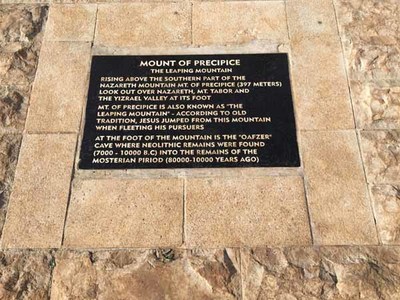
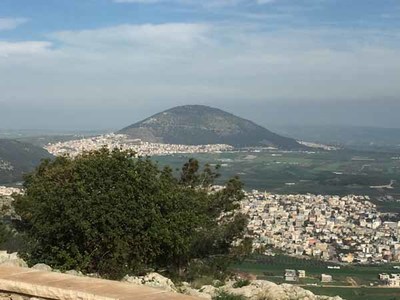
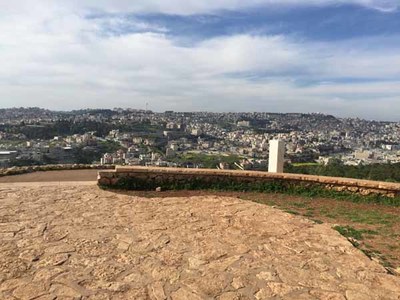

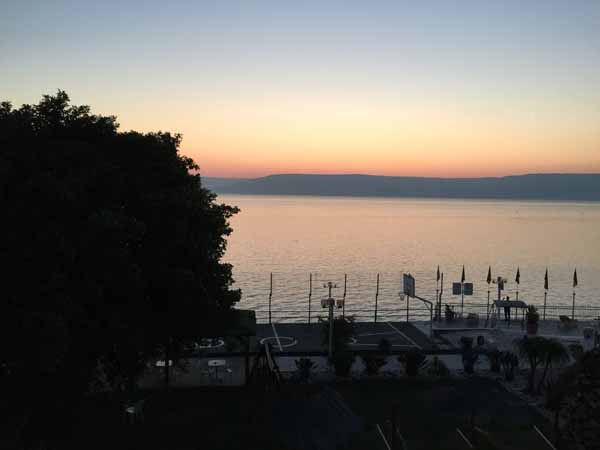

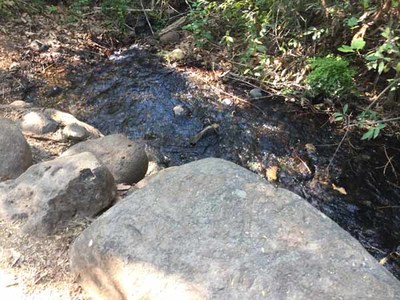
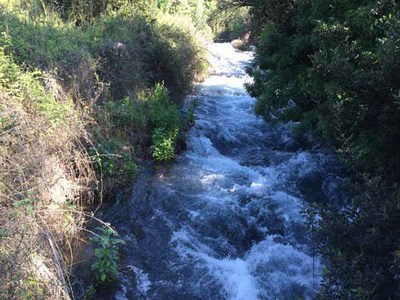


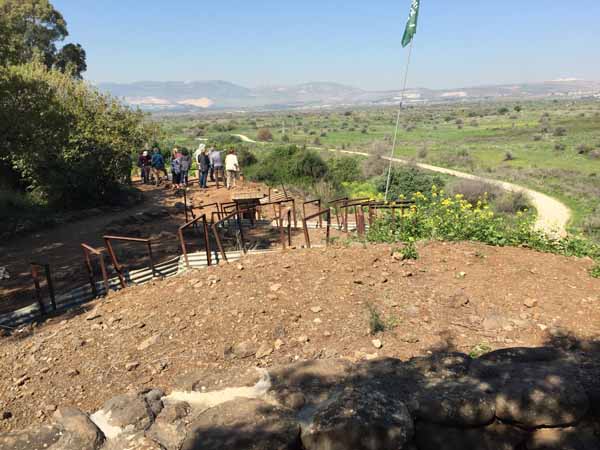
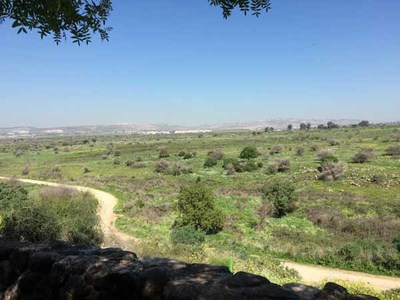
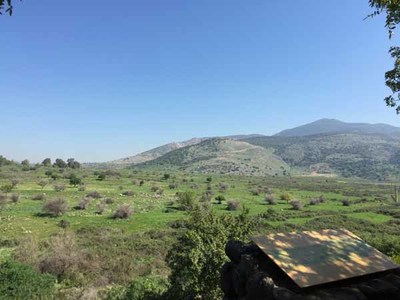


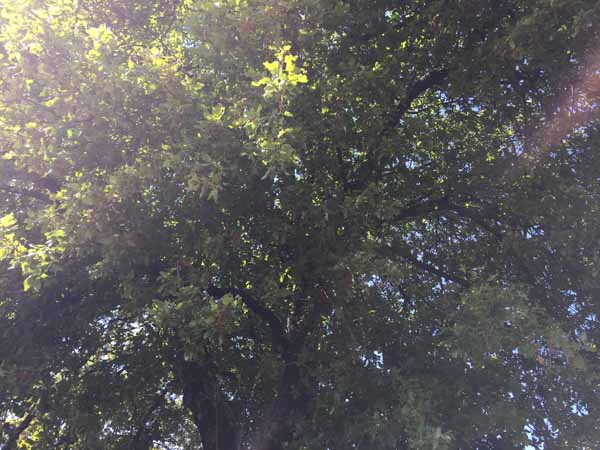


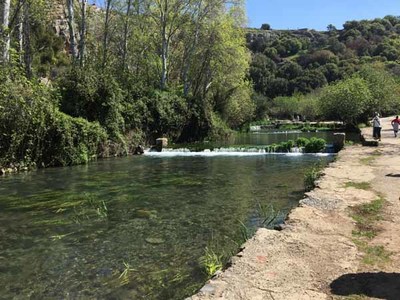




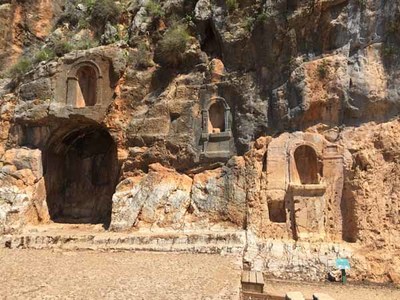
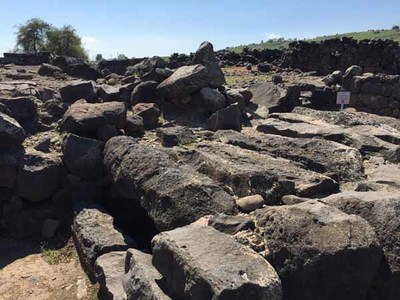

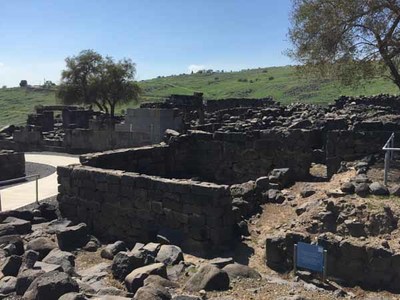


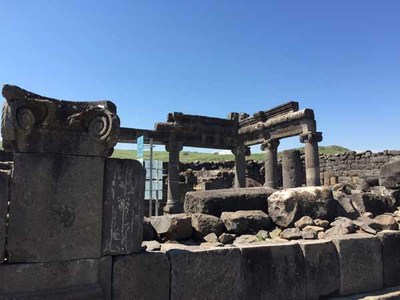








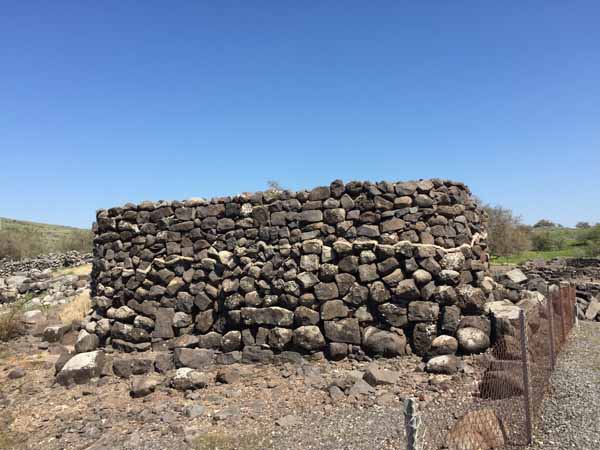

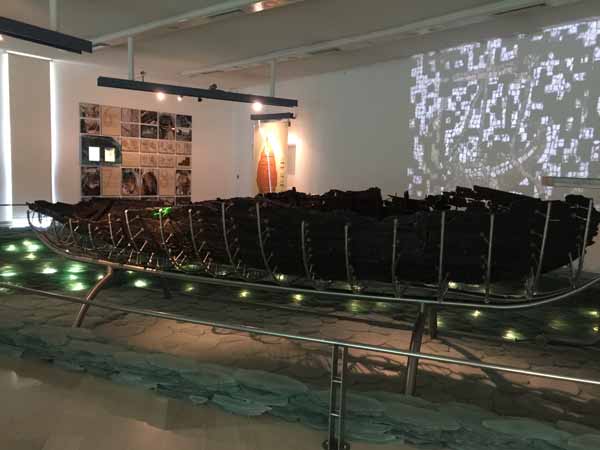

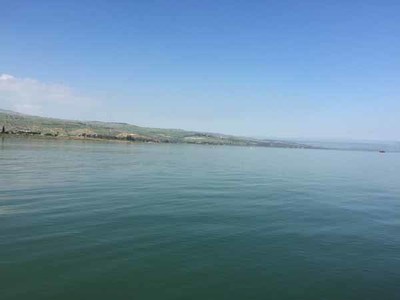
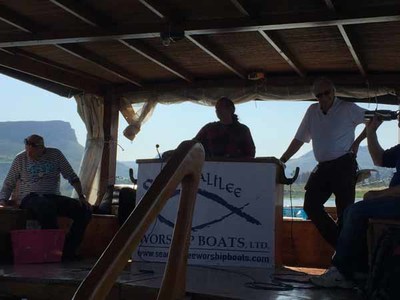

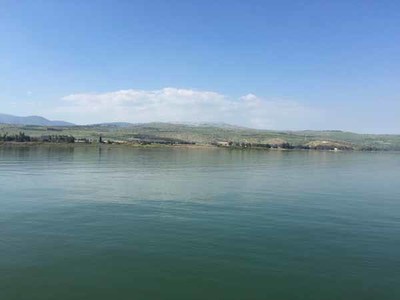
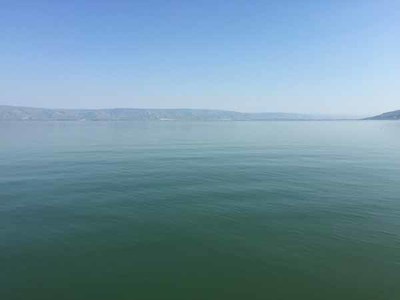

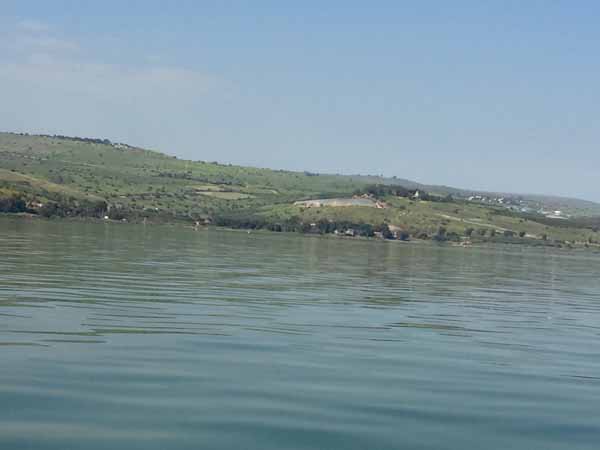
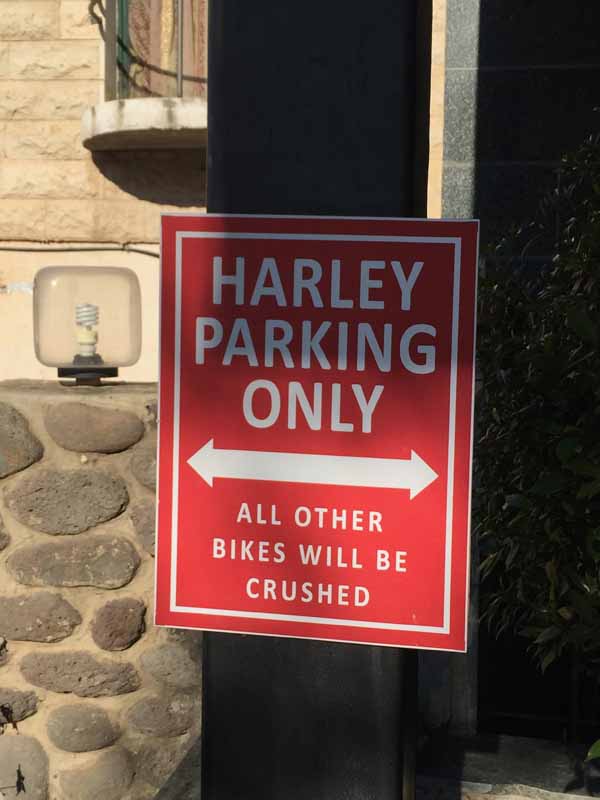


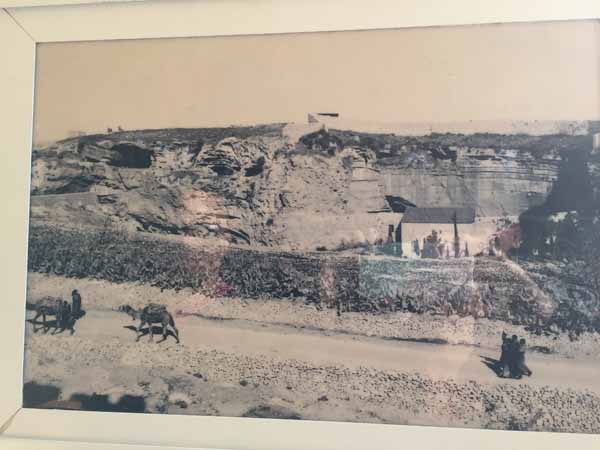
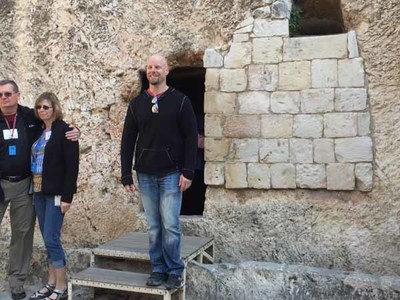
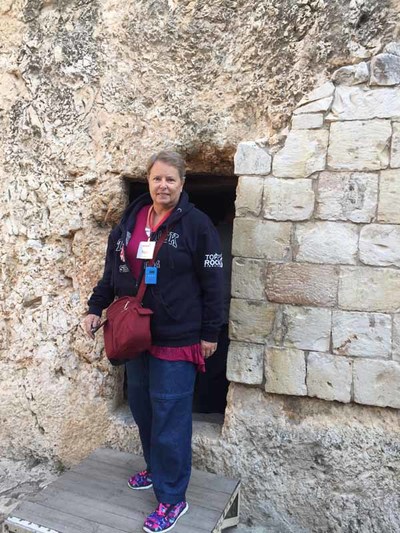



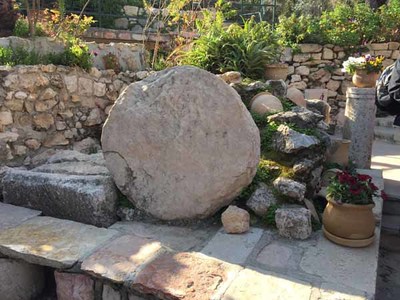


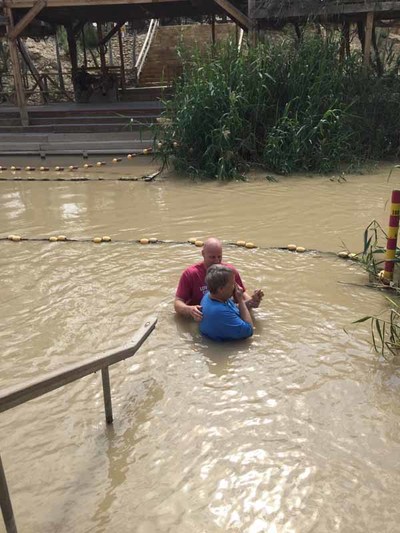





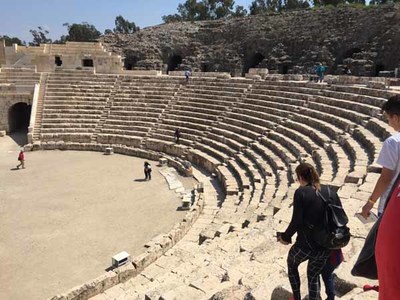
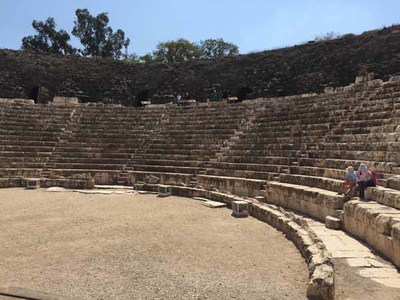

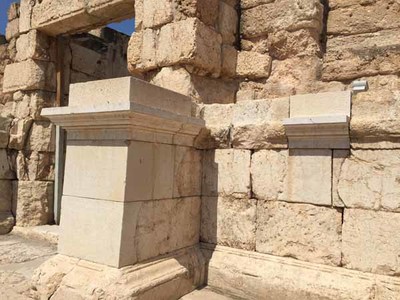


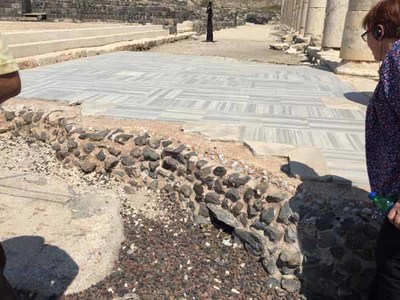

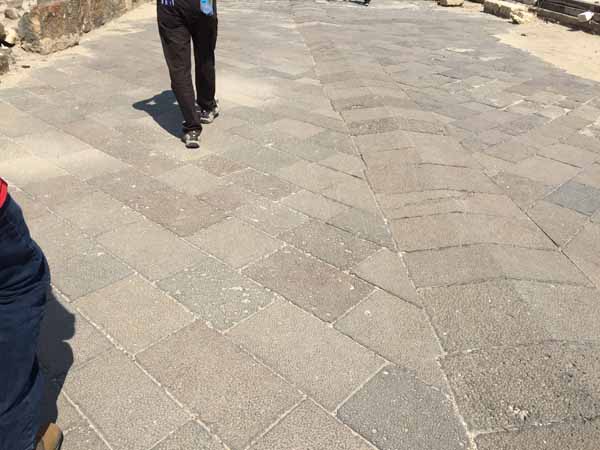

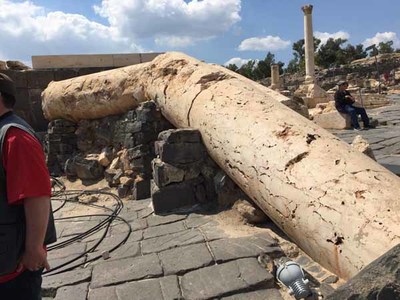
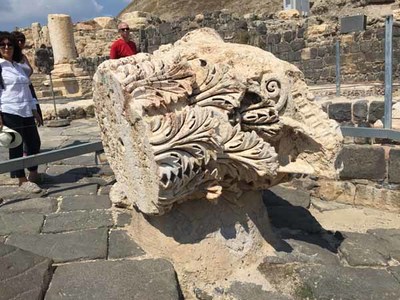

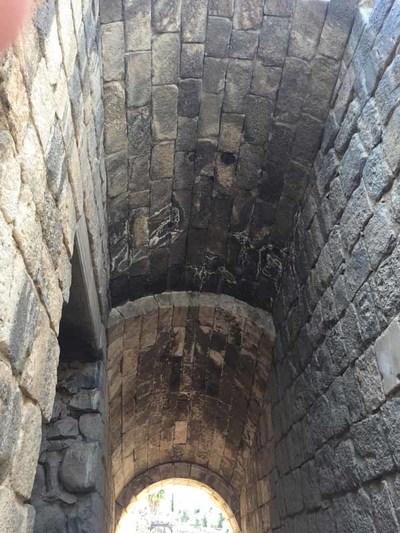
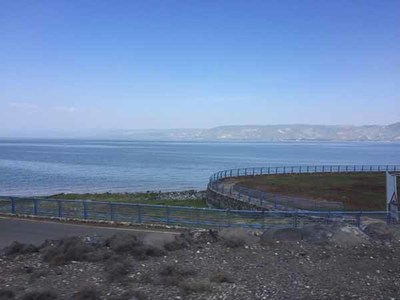
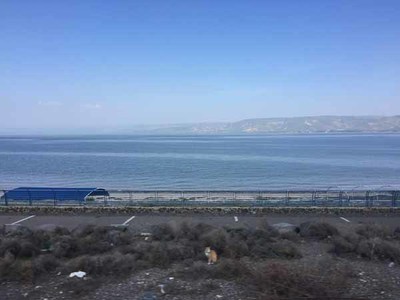
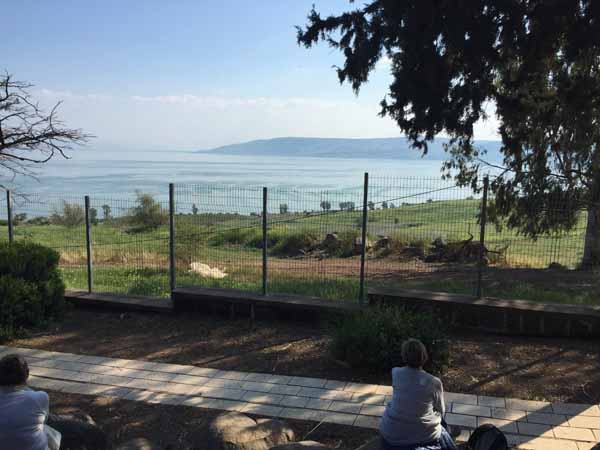
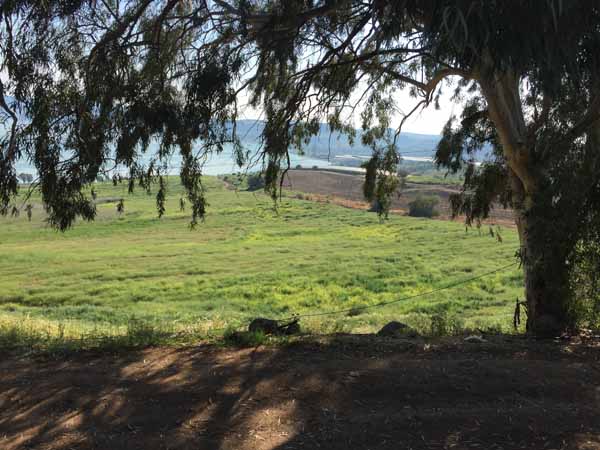
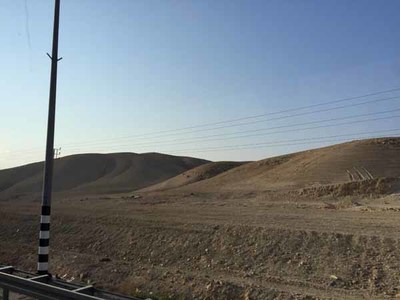
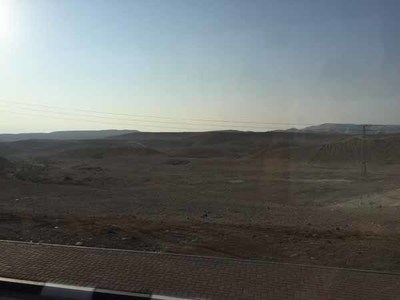
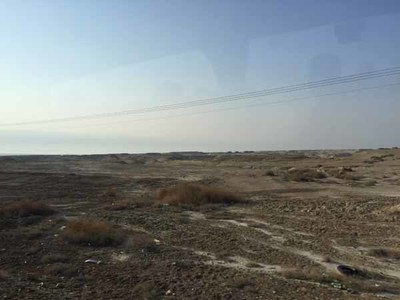
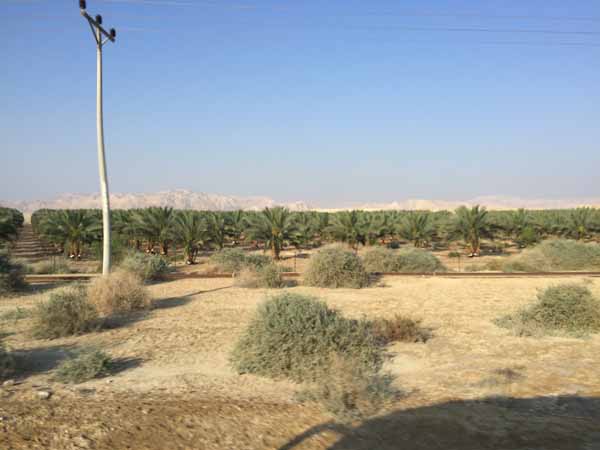

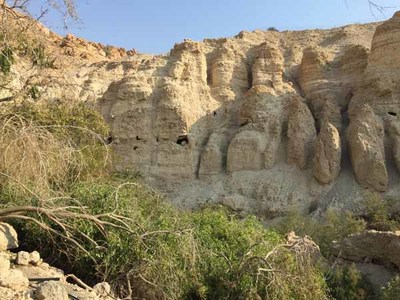


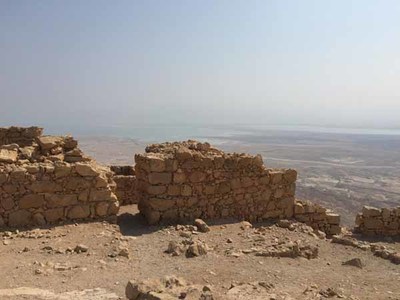

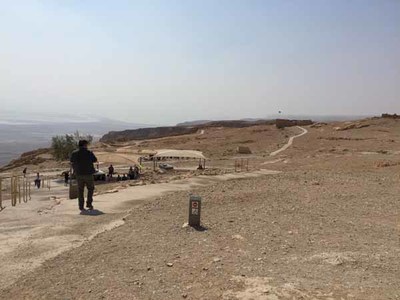




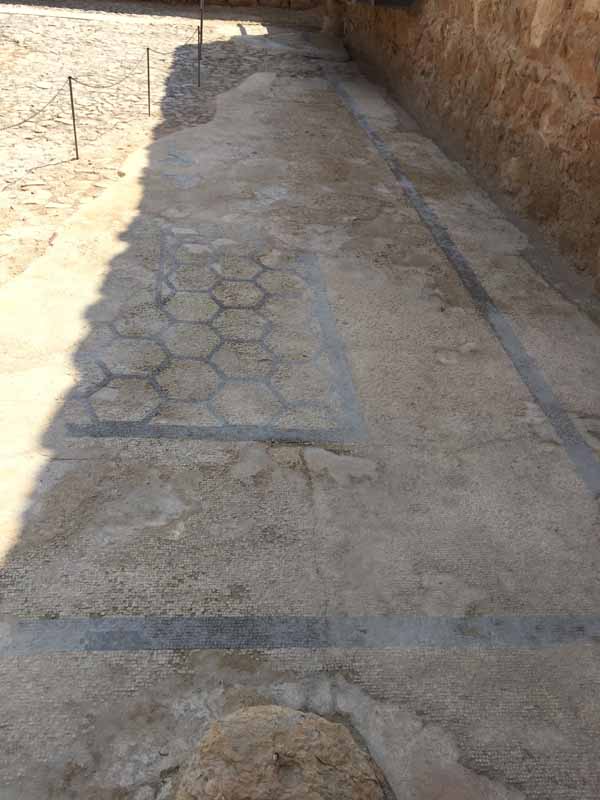
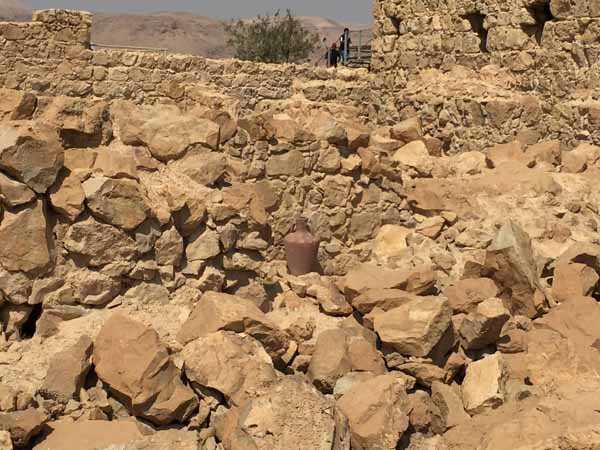





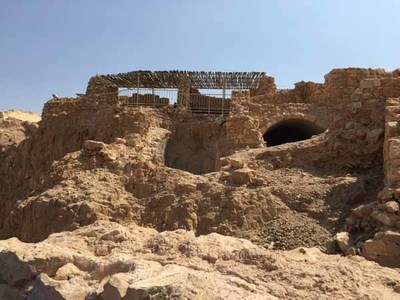
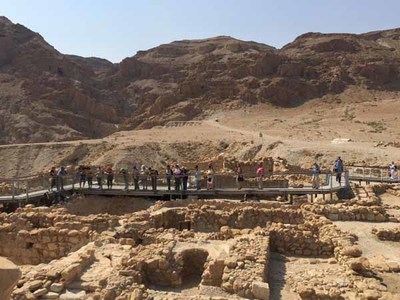




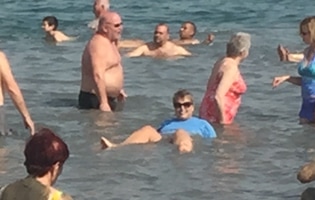

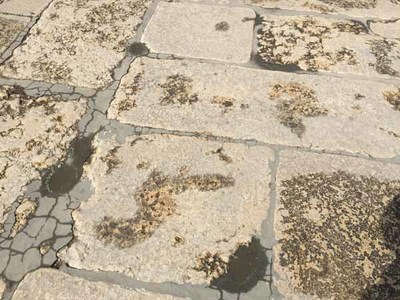

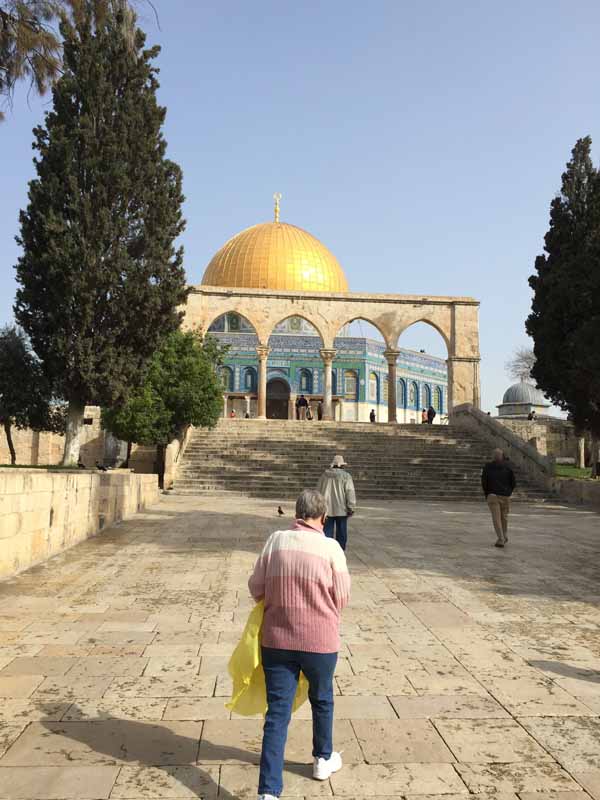
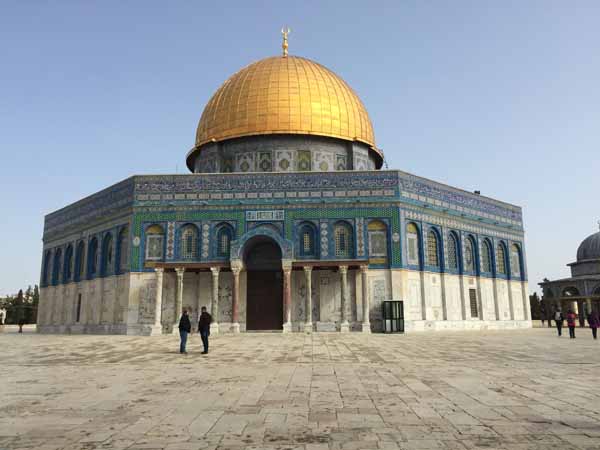

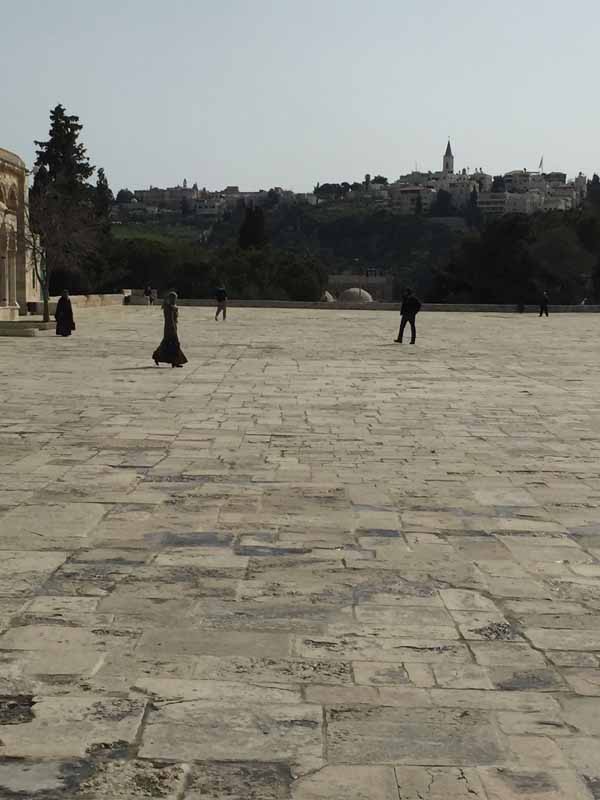
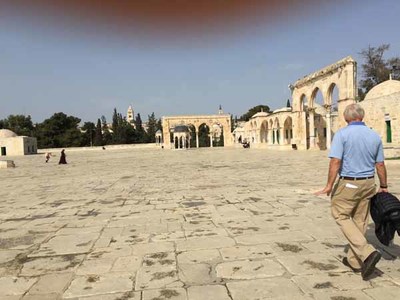


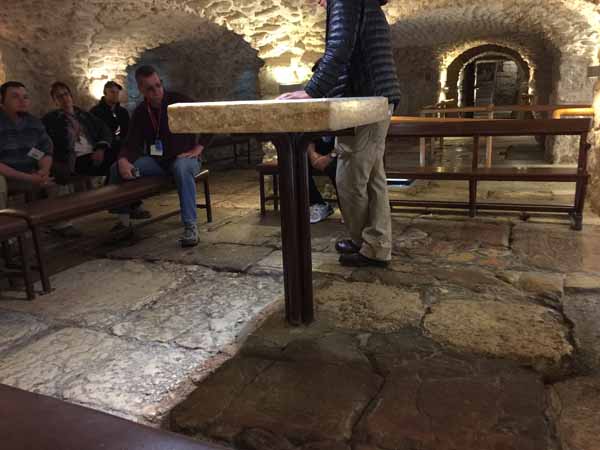
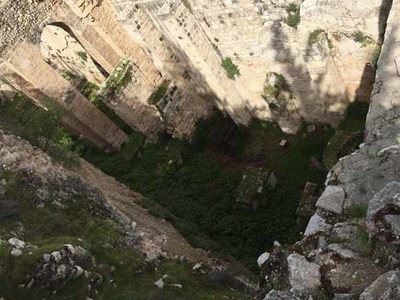
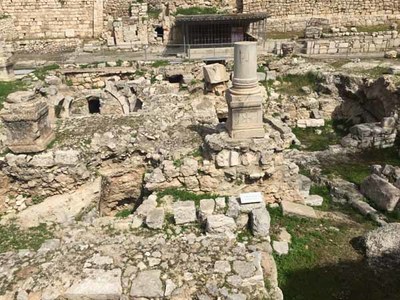
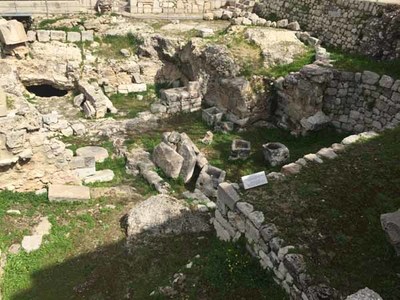

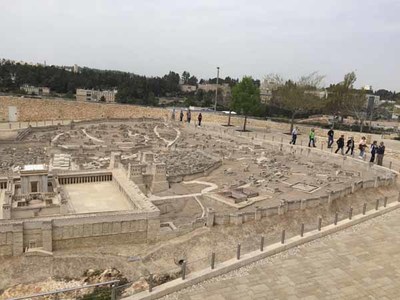


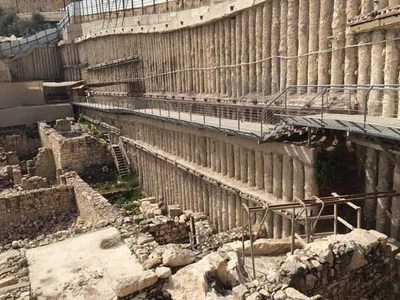



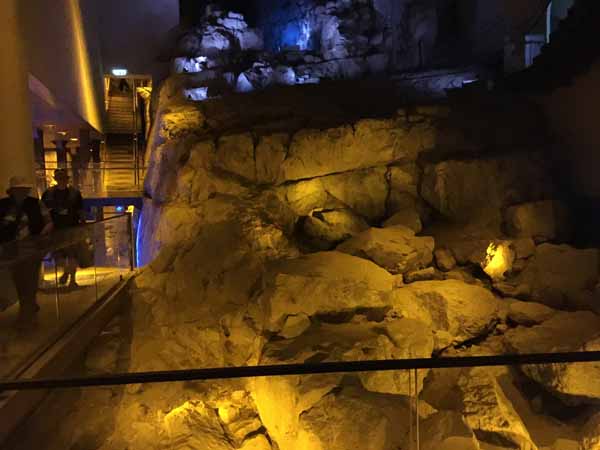

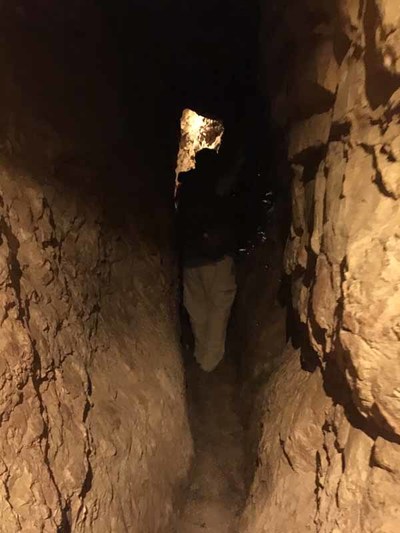


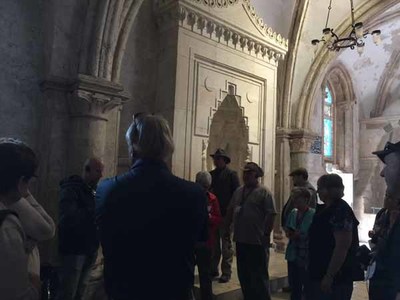
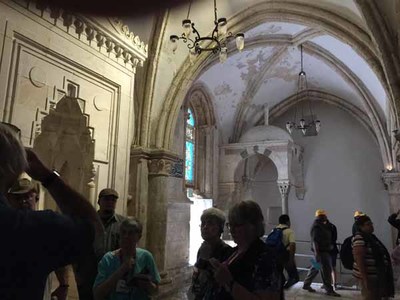



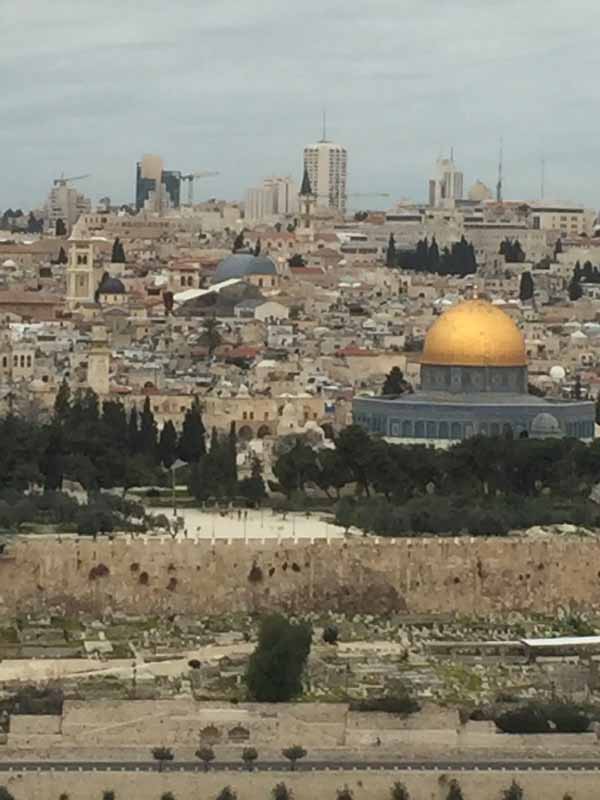


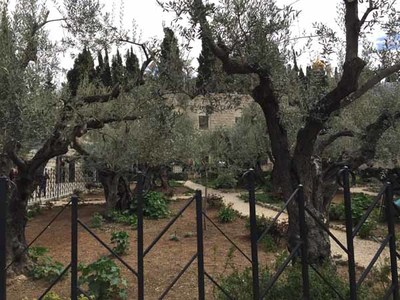

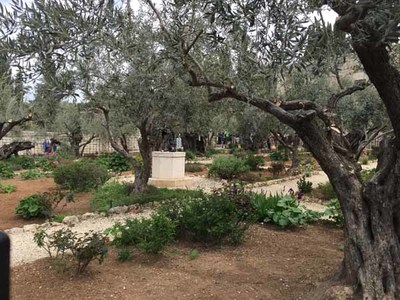

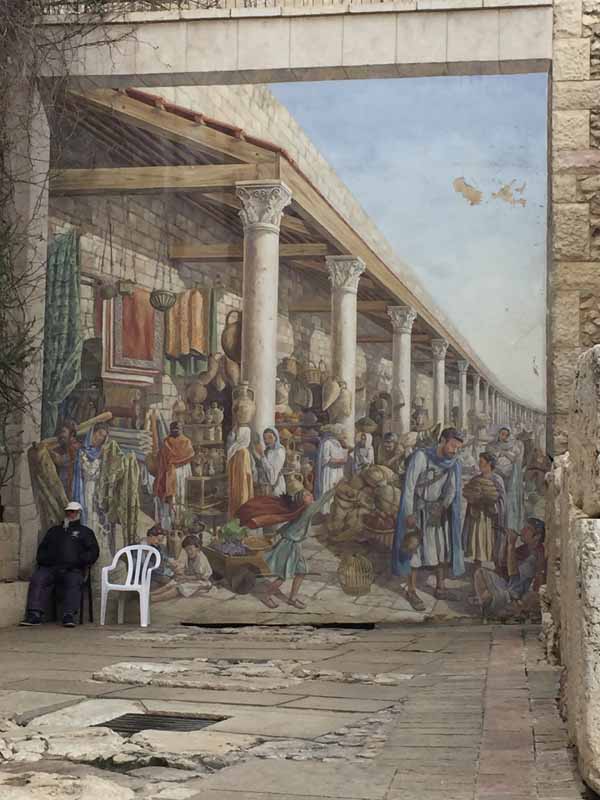
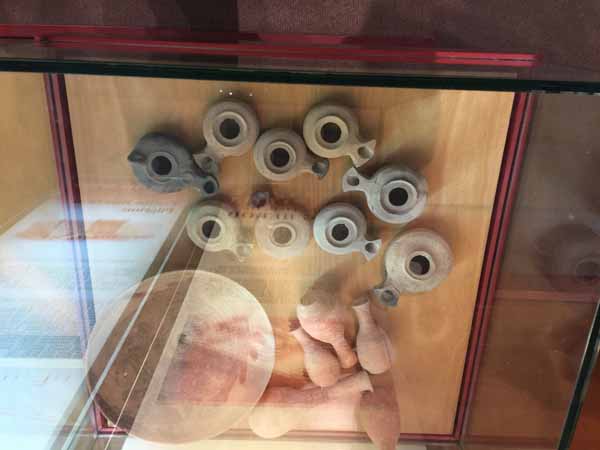
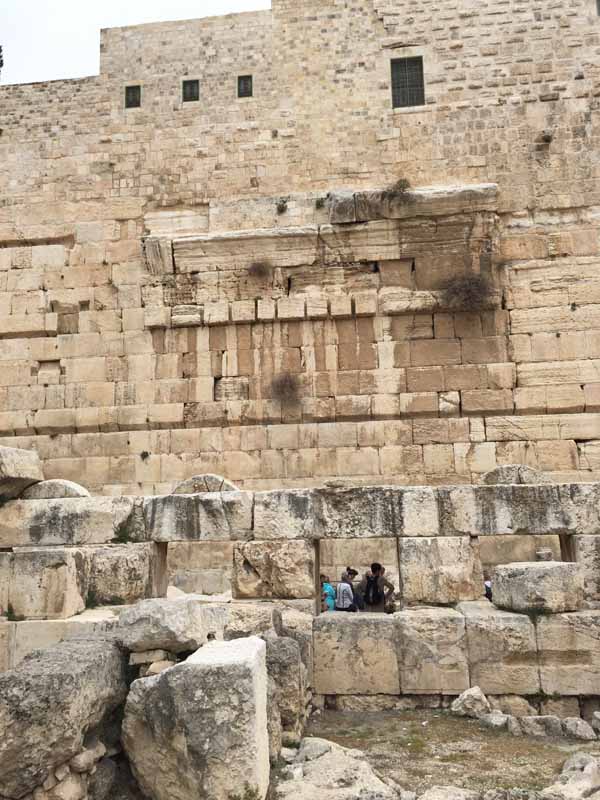
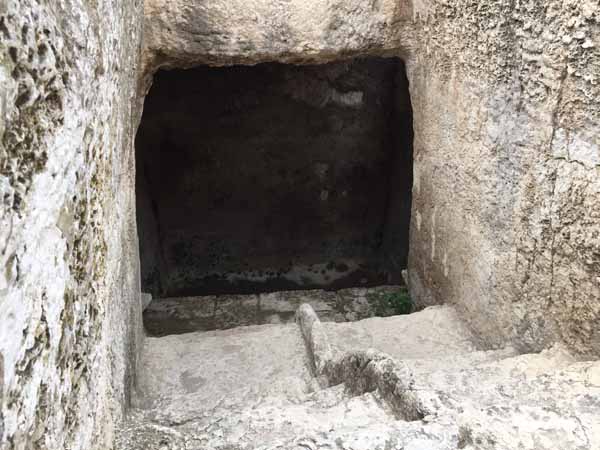


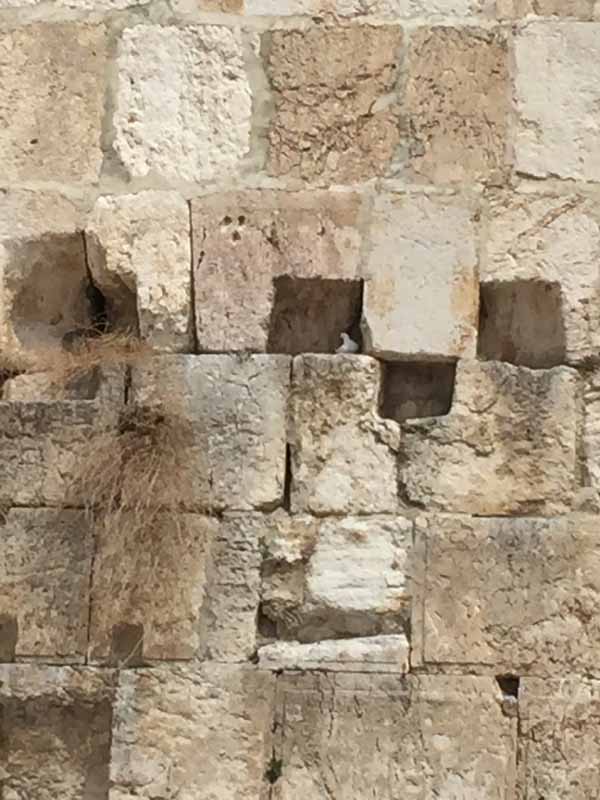
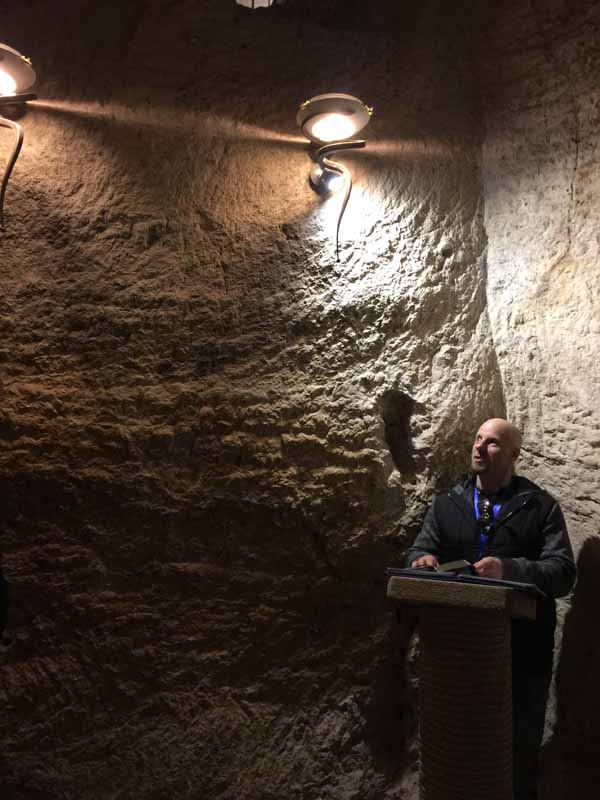

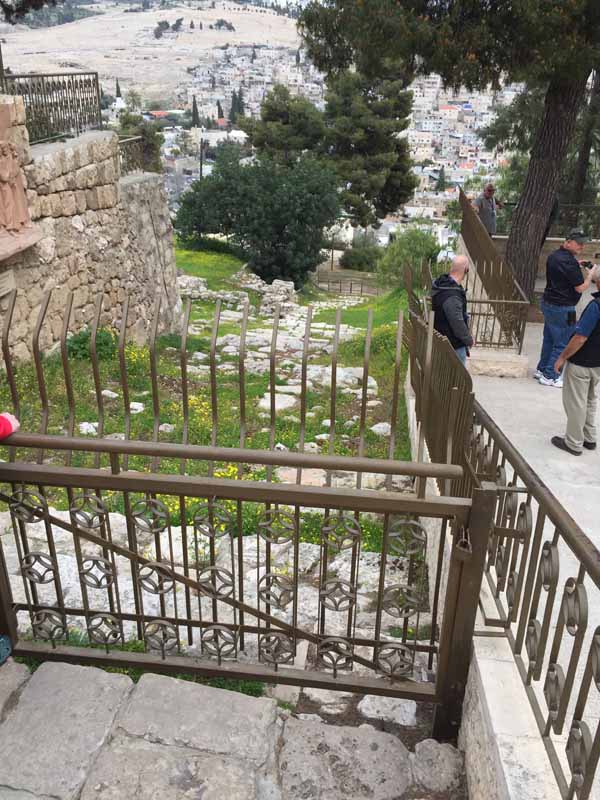


 RSS Feed
RSS Feed
